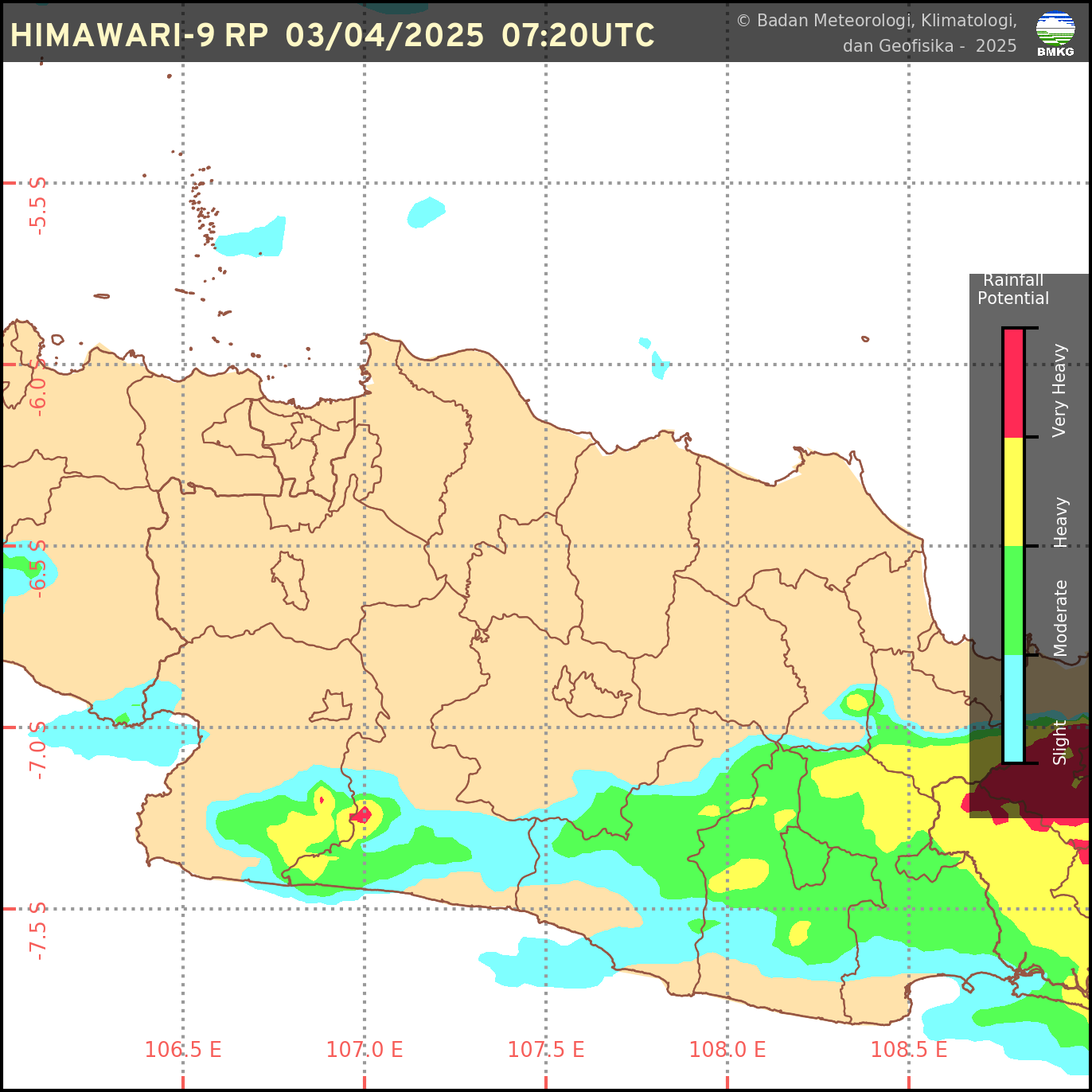Authors: S Nurdiati, TW Mas’oed, MK Najib, D Rahmawati.
Abstract: In this study, we investigate the joint distribution of local and global climate factors in Kalimantan, Indonesia, using fully and partially nested copula models. The analysis focuses on capturing the dependencies between local factors (precipitation and the number of dry days) and global indices (ENSO and IOD). The methodology involves estimating the marginal distributions of each variable using goodness-of-fit tests, and then modeling the dependence structure between variables with a range of copulas. We used both one-parameter copulas, including Gaussian, Clayton, Gumbel, Joe, and Frank, as well as two-parameter copulas, such as BB1, BB7, and BB8, with rotations of 90°, 180°, and 270° applied to account for negative dependencies. Nested copula structures were employed to model multivariate dependencies, with fully nested and partially nested approaches used to capture interactions between all four variables. The results show that global climate indices, particularly ENSO and IOD, have a more substantial influence during the dry season, impacting drought conditions in Kalimantan. The copula method offers a flexible and efficient way to construct multivariate joint distributions, better representing complex climate relationships than traditional models. Future work could extend this approach to include additional climate variables and use real-time data for forest fire risk prediction.
Keywords: Climate Factors, Copula, ENSO, IOD, Kalimantan, Multivariate Distribution
Dipublikasikan pada BAREKENG: Jurnal Ilmu Matematika dan Terapan, vol. 19(2): 1203-1216.




 Sumber: BMKG
Sumber: BMKG
0 Komentar